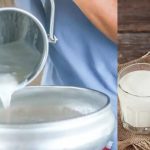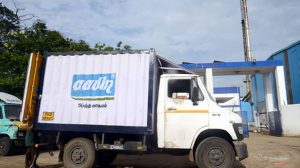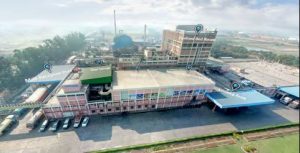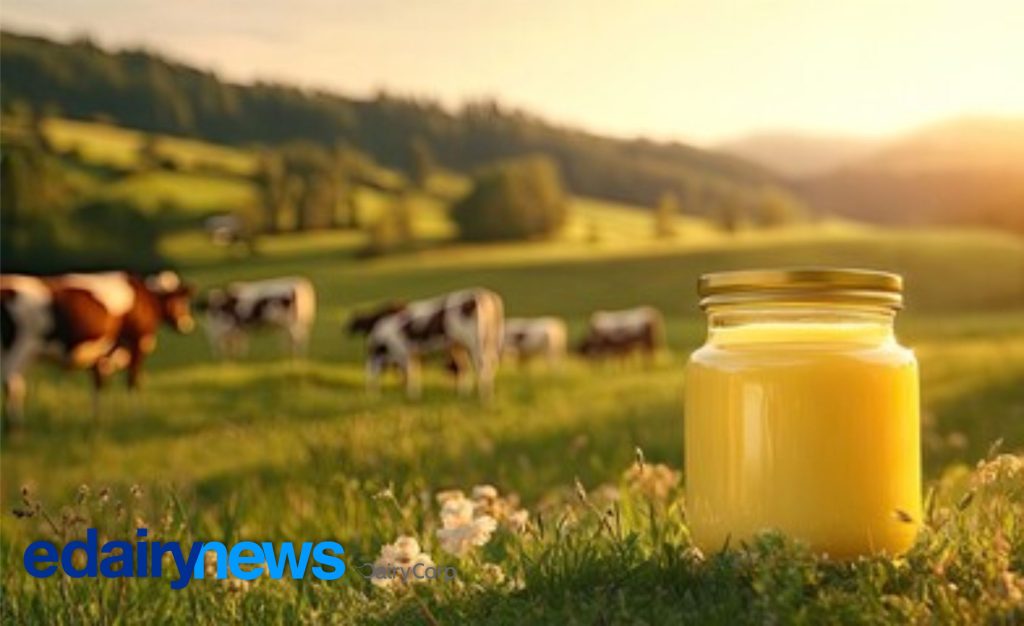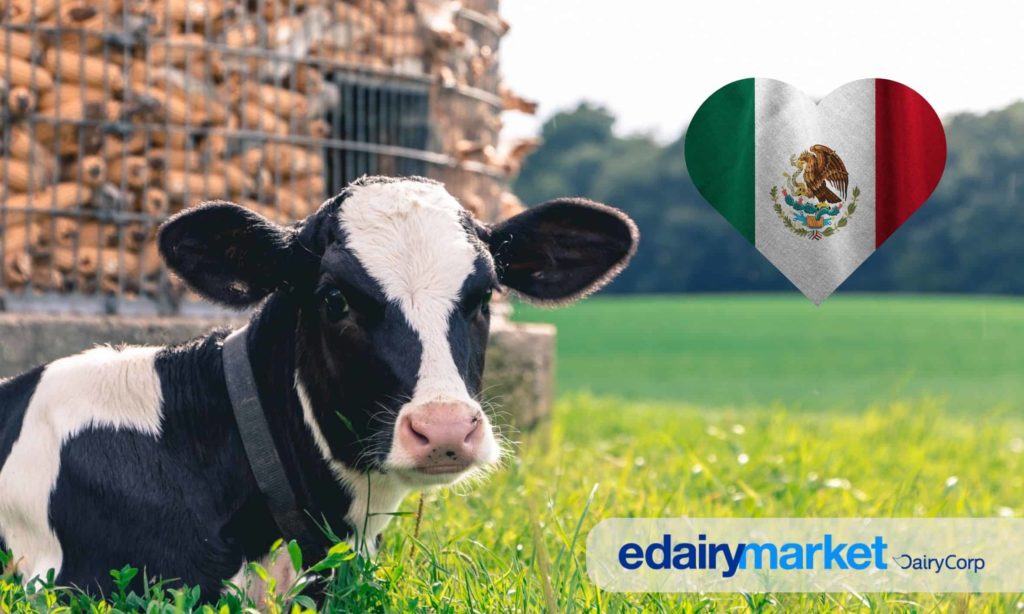
Analyzing the aggressive regional strategy to boost raw milk production and stabilize the agribusiness supply chain through stray cattle rehabilitation.
A significant strategic push is underway within the agribusiness sector, aimed at drastically redefining regional dairy economics. The government has announced an ambitious two-year plan targeting a 100% increase in raw milk production. This goal is critical not only for fulfilling domestic nutritional requirements but also for positioning the region as a major contributor to the national milk supply chain. For dairy manufacturers and investors, this signifies a forthcoming major increase in raw material availability, potentially altering future procurement strategies.
The mechanism for achieving this doubling goal is multifaceted, focusing heavily on enhancing efficiency and supporting local dairy producers. Key initiatives likely involve providing improved genetics, expanding veterinary services, and standardizing feed quality to boost per-animal productivity. This approach recognizes that simple herd expansion is insufficient; sustainable, high-volume milk production requires a deep-rooted overhaul of existing agribusiness practices and technologies utilized at the farm level.
Crucially, the government plan integrates a social and economic solution: the large-scale rehabilitation of stray cattle. This directive directly addresses concerns over animal welfare and public safety while simultaneously attempting to integrate these animals back into productive supply chains where feasible. This holistic approach to herd management is vital for the long-term health and perceived quality of the dairy sector, assuring both consumers and international partners of improved standards.
For dairy analysts tracking global trends, this regional initiative serves as a powerful indicator of India’s commitment to consolidating its position as the world’s largest milk producer. While the focus is currently domestic, the successful execution of such massive production targets creates the necessary economies of scale for future entry into global dairy export markets, challenging existing international trade dynamics and pricing structures.
The two-year timeline establishes a high-stakes benchmark for the government and stakeholders. The successful doubling of milk production hinges on the efficient deployment of allocated resources and coordinated efforts between regulatory bodies, cooperatives, and individual dairy producers. This plan is a major test case for how targeted public-sector intervention can rapidly reshape the economic landscape and capabilities of the local milk supply chain.
Source: Learn more about the government’s two-year strategy from The Times of India.
You can now read the most important #news on #eDairyNews #Whatsapp channels!!!
🇮🇳 eDairy News ÍNDIA: https://whatsapp.com/channel/0029VaPidCcGpLHImBQk6x1F


